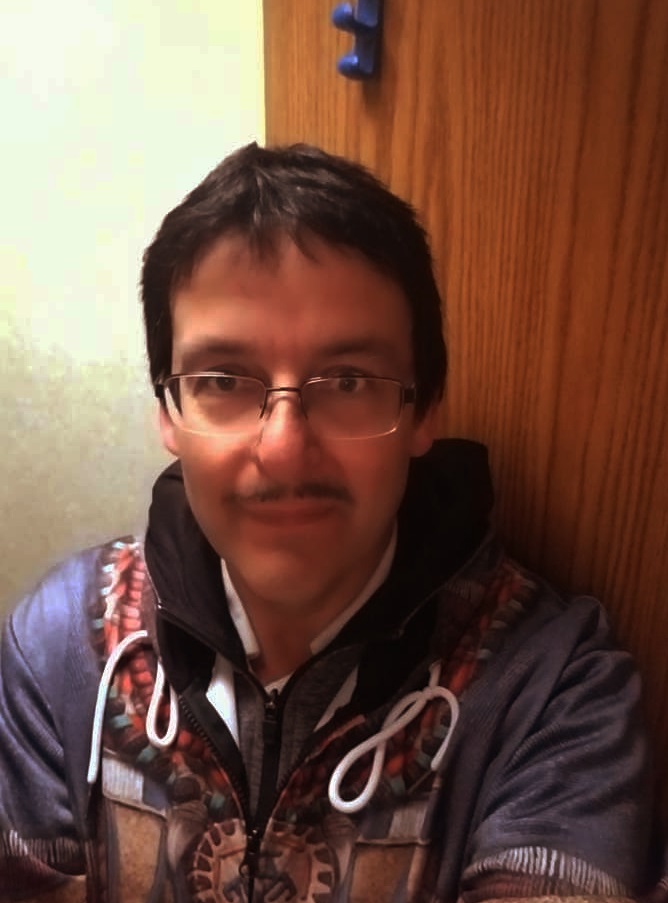
 |
| Thunder Cloud |
Pjila'si (welcome). The Mi’kmaq language was oral in practice and pictographic in nature. Traditions, heritage and history were primarily handed down through the graceful art of story telling. I was told many stories as a child and only now do I see their importance. Stories were more like story cycles; a storyteller could take episodes from one and insert them into another to highlight certain points. Our people have relied on such oral tradition for the perpetuation of their traditions and values for over ten thousand years.
The "Mi’kmaq Women Who Married Star Husbands" is a fine example. This well-known story was carved into the rocks of Kejimkujik Lake in Nova Scotia. It told of two sisters who pointed out stars they each wanted to marry. To their surprise, they woke up the next morning with new husbands and found themselves in the world above the sky. Seeing how upset they were, their husbands returned them to their world, but gave them strict instructions to follow.
Some stories have passed into the safekeeping of a particular family. For example, historian Stephen Augustine received the following story from his Great Grandmother, Isabel. She, in turn, had received it from her grandfather, a hereditary chief of the Mi'kmaw Grand Council and a Keeper of the Story. In this version, Glooscap was created by a series of lightning bolts. Later, he spoke with the bald eagle, sent from the heavens as a guardian of the Mi'kmaw people. As the bird soared overhead, Glooscap caught and held one of the feathers that drifted to the ground. Since that day, the Mi'kmaw people have revered the eagle feather as a symbol of their connection with the Great Spirit.
The Mi’kmaq see their world as having many levels of existence. The "individuals" that inhabit it include humans, animals, unusual rocks, mountains, stars, thunder and wind. Power - how it is gained, used and lost, and the consequences of having it - are the central theme of almost every story. It was both respected and feared by the Mi’kmaq.
Often beating time on a noisemaker, a drum, or even a hollowed-out log, would signal to the community that storytelling was about to begin. These traditions would, of course, have regional differences but overall it was considered general practice. Similar traditions were used by other aboriginal nations. The Mi’kmaq loved to hear stories, some of which went on for hours. It was a way of enjoying each other’s company, as they sat listening, laughing, and enjoying life. Stories often lasted several days, and included singing, dancing and feasting. Stories, however, aren’t just told in formal gatherings; everyone is a storyteller, though they might not know it. Let us continue this very important and fine tradition. Welálin (thank you).
March 1, 2005
Compiled by Saqamaw Jasen S. Benwah
St. George's Bay, NL.
jasenbenwah@hotmail.com
www.benoitfirstnation.ca
Website Copyright © 2005 Jasen Sylvester Benwah